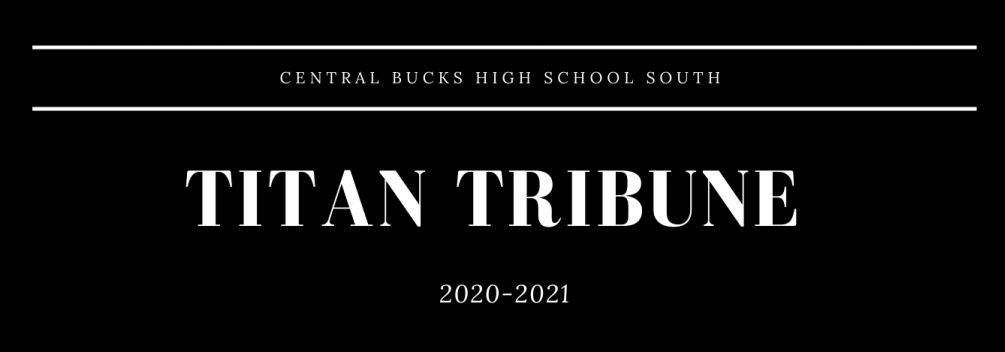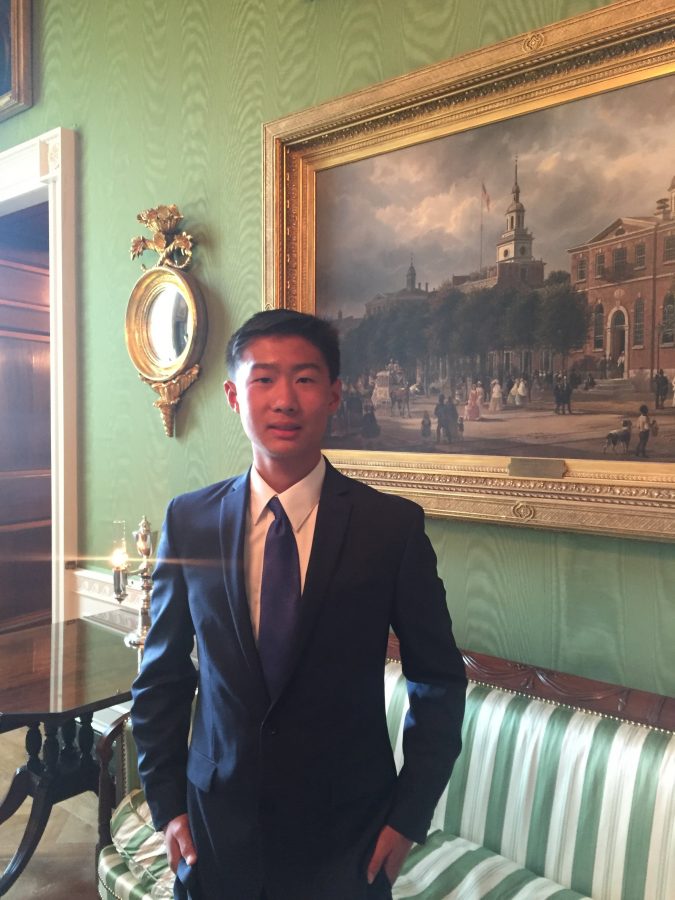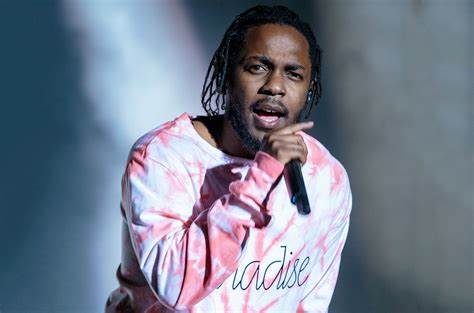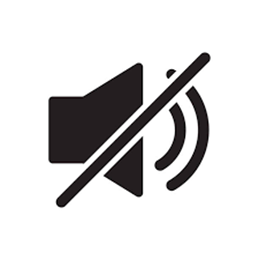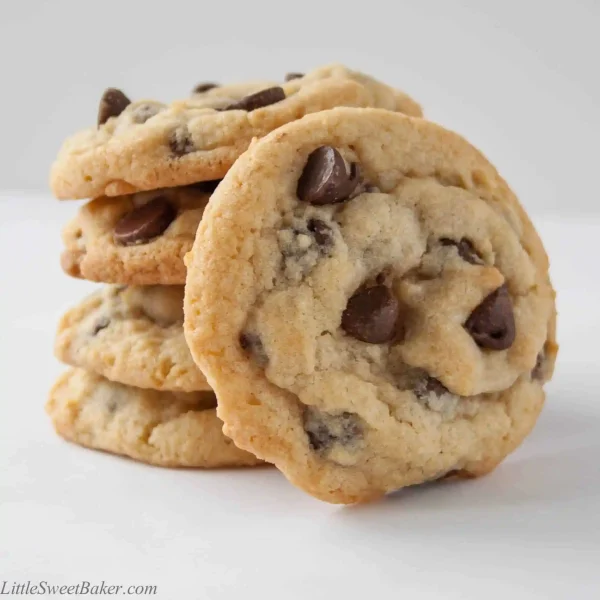When Math Leads to Inspiration: The 2016 White House Science Fair
It all started with a test I took last year, namely the three hour long, fifty-one question 2015 AP Calculus AB Examination. This January in Dr. Davidheiser’s conference room, Mr. Lorenz announced to me that there were “abnormalities” with the AP score results: I was one in twelve students worldwide to have scored a perfect on last year’s AP Calculus AB Exam. My teachers and friends were among the first to congratulate me, but my accomplishment also caught the eye of someone outside of CB South: the President of the United States of America!
I would have never dreamed that the President was inviting me, along with the eleven other students who scored perfect on the exam, to the 2016 White House Science Fair. When the news reached my school, the excitement exploded: “Richard, are you actually meeting the President?” my friends would ask in disbelief. I surely hoped so. On top of going into the White House, I was going to witness some of the most prestigious scientific projects created by my fellow young Americans. The day of school I would miss would be worth it.
It was 5:00 on the morning of Wednesday, April 13—time to wake up and get ready to go to the White House! For the occasion, I dressed in a navy suit that was handsomely outlined by a royal blue tie. The weather could have hardly been more pleasant: it was fifty degrees under a cloudless sky. At dawn, my dad and I embarked on a four hour road-trip to the nation’s capital.
When we arrived at D.C., the entire city of Washington seemed to glow under the bathing sunlight. Before the Science Fair started, my dad and I strolled down a gleaming Pennsylvania Avenue, taking pictures along the way. The towering columns of the Treasury Department building demanded attention and respect. From the outside, the front lawn of the White House lay in front of the Presidential mansion like a fine, emerald blanket. The mansion itself projected majestically atop the freshly manicured grass.
I energetically waited in a long line of students by the Treasury Building to enter the White House. Chatting with the lady behind me, we speculated about the possibility of speaking to the President. Once past all of the security checks, I officially entered the east wing of the White House, the location of the Science Fair. Walking past decorated Marines and Secret Service agents, I marveled at the encased oil portraits of John F Kennedy, Ronald Reagan, Bill Clinton that were displayed on the walls of the mansion. The warm lighting complemented the velvet red carpet that lay on the marble floor. Each spacious room, with its tan walls illuminated by a golden chandelier, ornately boasted artifacts that were the legacy of the office of the president. A marble stairway led to an open chamber sparsely fitted with majestic granite Roman columns. The White House felt like an artfully-designed palace.
The Science Fair event filled ten rooms and spanned two floors of the White House. In addition, the sunlit weather allowed students to display their projects on the White House lawn. All of the 130 participants were younger than eighteen years old. Walking through the rooms, I paused to take a look at the project of sixteen-year old Anurudh Ganesan. He pointed to a piston-cylinder that was mounted on a heavily geared cart and explained, “Basically this cart that I made is able to refrigerate vaccine samples that are placed inside the cylinder, as long as the wheels of the cart move.” His project allows vaccines to be transported to rural areas in third world countries without spoiling in the heat, potentially saving thousands of lives throughout the world. Wow, that is inspiring!
When I walked onto the White House lawn, I ran into Cedrick Argueta, another student who scored perfect on the AP Calc Exam. It was exciting because I had read a newspaper article about him on the LA Times. After exchanging phone numbers and taking a picture together, we toured the exhibitions together. I was especially amazed by a solar-powered refueling station for electric cars and an app diagnoses patients with certain respiratory diseases based on their breathing patterns. It’s amazing that both projects were created by high school students.
By the way, Cedrick and I also met Bill Nye the Science Guy. He was surrounded by an entourage of cameras, reporters, and fans. Upon seeing him, I shouted “Bill! I grew up watching your videos! Let’s get a picture together!” Being the selfie professional that he was, Bill snapped six quick selfies of us together and exchanged a few words. It was surreal to meet one of your favorite childhood characters in person.
At 2:00 in the afternoon, all of those invited to the Science Fair gathered on the White House back lawn for a group photo…with the President. As we filed onto the lawn, we stood in organized rows, preparing for the President to arrive. The lawn gorgeously extended beyond the balcony of the White House. It was peaceful and serene.
And then there he was: the President himself, Mr. Barack Obama. I could not help but emit a “Woah!” as I saw him walk towards us. He was tall, relaxed, and energetic. Greeting us with a charismatic “How is everyone doing today?”, President Obama told us that he wanted to let us know that he was proud of our accomplishments. I felt so honored to hear the President congratulate me in person. After joining our photoshoot, the President proceeded to briefly shake hands with each of the students. When it was my turn, I remarked, “It’s very nice to meet you!” He replied, “What’s your name?” “Richard Song,” I answered. It was beyond incredible to shake hands with and speak to the most powerful man in the world. It will be a moment I will always remember.
After taking pictures with the President, everyone gathered into the White House East Room to hear his remarks. This grandiose room boasted three chandeliers and was lined with organized rows of gold chairs. Reporters and cameras filled the edges of the room. Among those in the audience were the director of the National Institute of Health, the Secretary of the Dept. of Energy, and the Chief Scientist of NASA, and many other high-ranking government science officials. Decorated Marines showed us to our seats. I sat around twenty feet from the podium at the front of the room, and waited for the President to appear. Suddenly, a respectful silence fell across the audience—the President was about to enter the room. When he appeared, we instinctively rose to our feet and applauded out of respect.
The President then stepped to the podium and began his speech. The President started his speech with a joke: “Some of the best moments that I’ve had as president have involved science and our annual science fair. I mean, I have shot a marshmallow out of a cannon directly under Lincoln’s portrait.” This, of course, drew laughter from the audience, as well as a loud roll of camera clicks from the media. Congratulating our achievements, Obama praised the efforts of a girl at the event who studied the cure to her own cancer. Having professed his appreciation for science, Obama stated that as a society, we need to celebrate the work of young people in science “at least as much as we do Super Bowl winners” because ultimately it is the “superstar” scientists who will transform our society. The young scientists of today should be encouraged and applauded for their spirit and efforts because they will be the ones who will “come up with cures for diseases and new sources of energy, and held us build healthier, more successful societies.” This, he said, is the ultimate purpose of the White House Science Fair: to encourage the young scientists and innovators and mathematicians who have already made great accomplishments to continue their efforts so that they will be able to build on their talent in the future. It is now up to our generation to uphold the legacy of those brilliant inventors, scientists, and mathematicians who came before us. The President’s speech was encouraging and inspiring because it validated my hard work in the math and science classes here at CB South. More importantly, the President’s words served as motivation for us to make a difference in the world through science and mathematics.
After hearing his remarks, I took away one central message: as young people we should dare to dream, to question, and to innovate because we are the future of America and of the world. As I reflect on the projects, I can’t help but be inspired by the initiative and spirit of the young scientists I met. Many of those scientists were my age—or even younger, yet they had already made such influential contributions to the scientific community and the entire world. They did not wait to turn their ideas into reality. I am thankful for the opportunity to witness and be inspired by the great work of students from around the nation. Through this event, I have come to realize that it is never too early to start making a difference in the world of science and technology, as long as you are passionate about your work. Of all the special moments to remember from this event, there is one thing that I will always hold as a part of my life after I leave the White House: the inspiration to learn and innovate, knowing that this spirit of ingenuity will make a difference in the world.

